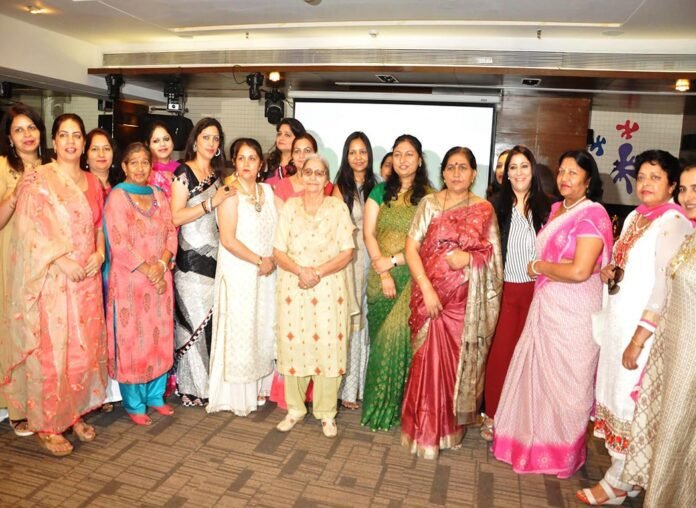Two hundred film shows, all “good cinemaâ€, packed in a short span of four days…that’s how mind-blowing the city’s first ever Chandigarh International Film Festival (CHIFF) promises to be. Helmed by four times national award winning filmmaker Umesh Kulkarni, also serving as the festival director, and steered by an impressive advisory committee comprising internationally renowned filmmakers and film and art professionals, the film festival will unfold at multiple venues in the city from August 23 to 26, 2018.
“To be held every year, the film festival is an effort to bring good cinema to the tri-state region comprising Punjab, Haryana and Himachal Pradesh with a long term aim to encourage talented film makers from the region to generate good regional cinema as also to create a fresh crop of audiences who would appreciate this kind of cinema,” said Kulkarni while announcing the film festival and releasing its logo alongside renowned film maker Anurag Kashyap, theatre personality Neelam Man Singh Chowdhry and film producer Gunbir Singh Sidhu in a city hotel on Monday.
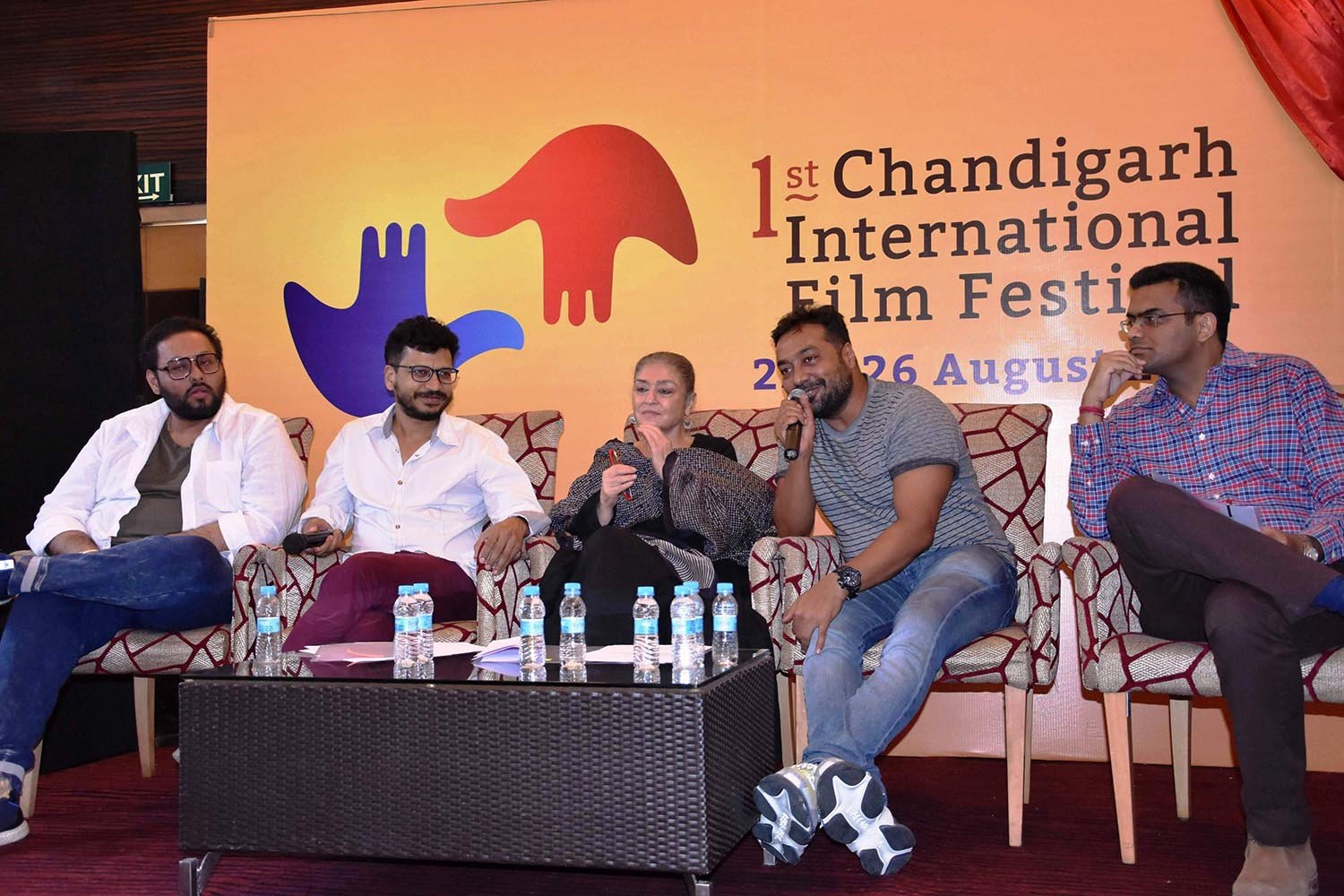
Photos By : Life In Chandigarh
Like the prestigious annual film festivals hosted by cities around the world, CHIFF 2018 will have a comprehensive variety of sections. In the film programmes category, there will be sections like ‘Competition of Indian Films’, ‘International Competition of Short Films (SAARC Countries)’, ‘Punch’ (a competition section of 3-minute films), ‘Competition of Films From Tri-state Region of Punjab, Haryana and Himachal Pradesh’, ‘Panorama of Films from Tri-state Region of Punjab, Haryana and Himachal Pradesh’, ‘Window to World Cinema’, ‘Indian Panorama’, ‘Student Films’, ‘International and Indian Documentaries’,
‘Retrospective of Indian and International Master’ and ‘Children’s Films’.
3-day Workshops
Apart from film screenings, there will be workshops and competitions under the banner of Fiction Film Development Forum and Documentary Development Forum for filmmakers and designers to be conducted by masters in their respective fields.
Festival Poster Competition
Every film festival worth the name has a festival poster, for which the organisers have thrown open a public competition, inviting talented graphic designers, poster designers and artists to send in their entries in 24” X 36” size.
Reminiscing his 18 long years association with Umesh Kulkarni, “first as my student and later as my inspiration”, Anurag Kashyap, while paying rich encomiums to Kulkarni for changing the face of Marathi cinema, felt that time has come for talented film makers to shed the notion that whatever has to happen has to be in Mumbai. “This film festival will give a voice, platform and audience to young film makers from the region to showcase their originality right here.”
Film Festivals Help Hone Skills
Giving full credit to film festivals he attended in Americas, Europe and Asia for honing his skills as a film maker, Kulkarni said “I felt I got better with every passing film festival. This is what I want to bring to the table in CHIFF 2018, good films and good film makers. It is aimed at propelling artistic and creative engagement, exchange and dialogue amongst the people. It will also serve as a platform for the budding filmmakers to engage in conversation with Indian and international filmmakers. It is not enough to make good films, it is equally necessary to have a sizable audience. The annual festival will help nurture that audience, with people getting a feel of good cinema to be able to appreciate it.”
Kashyap, a member of the advisory committee of the festival, assured that the cinema being brought to the festival will not be something “over the top. It will definitely not alienate the audience, but keep them engaged.”
Nominal Registration Fee For Audiences
Both Kulkarni and Kashyap informed that the films to be included in the competitive section of the regional cinema will be by invitation and selected by a committee of experts. As in all film festivals, there will be an exemption from censorship and all film makers can be assured that the sanctity of their work will be protected. As in all film festivals, there will be a nominal registration fee for the audiences which will entitle them to watch any or all of the films on view.
Neelam Man Singh Chowdhry, who is also a member of the advisory committee, while appreciating the range on offer in the film festival, said “It’s a wonderful venture, and I am looking forward to August.”
Film producer Gunbir Singh Sidhu, as member of Regional Advisory Committee of the festival, opined that “CHIFF would be focusing on the evolvement of discerning audience in the city of Chandigarh and the tri-state region. For all the good and meaningful films, the festival is an indispensable component for artistic engagement and to portray the city’s cultural identity. It strives to contribute towards a unique cosmopolitan city.”
Besides Anurag Kashyap and Neelam Man Singh Chowdhry, the other member of the advisory committee for CHIFF 2018 are well known cinematographer Anil Mehta (of Lagaan fame), writer-director Anup Singh (The Song of Scorpions), art historian B N Goswamy, film critic Baradwaj Rangan, film editor and artistic director of International Film Festival of Kerala Bina Paul Venugopal, veteran actor Naseeruddin Shah and film maker Ritu Sarin.
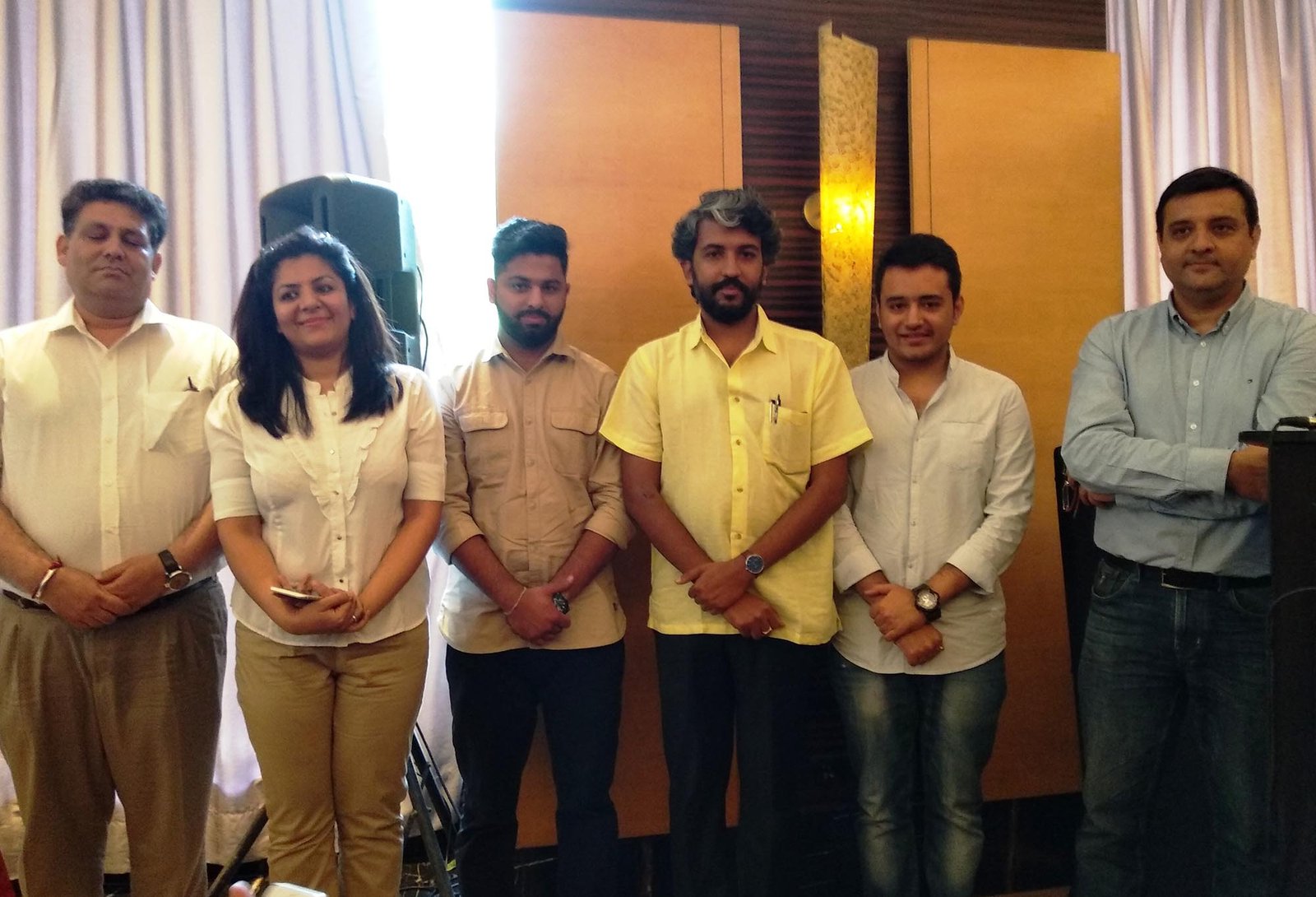
Other Members Of The Festival Team
Details of Festival
Film Programmes
Competition of Indian Films
Competition Section of Indian feature films is one of the major programmes of the festival. Nine films will be handpicked by the festival team from different parts of the country.
International Competition of Short Films (SAARC countries)
CHIFF is dedicating itself to be a vibrant platform for short films by bringing a selection of best short films made in the SAARC countries (India, Pakistan, Bangladesh, Sri Lanka, Bhutan, Nepal and Maldives) over the past couple of years.
‘Punch’ – Competition Section of 3-minute films
CHIFF will have a competition section for films with duration of maximum 3 minutes directed by young talents from Punjab, Haryana and Himachal Pradesh. The film could be in any language and form such as fiction, music video, documentary, experimental etc. The section is envisaged to bring forth diverse themes and forms in the region and to nourish contemporary visual culture among the upcoming filmmakers in the region.
Competition of Films from Tri-state region of Punjab, Haryana and Himachal Pradesh
Competition of feature films in Punjabi, Haryanvi and Himachali language produced over the last three years will be another section in the programme to nurture and promote films from the region.
Panorama of Films from Tri-state region of Punjab, Haryana and Himachal Pradesh
CHIFF will also showcase prominent films from the Tri-state region produced in different eras
Window to World Cinema
The World Cinema section would bring films from across the world which stand apart for their content, style and form. It will be a cross section of contemporary world cinema.
Indian Panorama
Apart from the 9 Indian feature films in competition, the Indian Panorama section would showcase outstanding films from across India produced over the last two years.
Student Films
CHIFF will showcase a section of short films from film & media institutes across the country. The programme is to function as an effective platform for upcoming filmmakers.
International and Indian Documentaries
Documentaries are indispensable part of this film festival. They make the audience aware about various global and local subjects that need their attention and concern. The section would include Indian and International documentaries from different eras.
Retrospective of Indian and International Master
Retrospective film packages of CHIFF will introduce the audience to a master filmmaker and his/her body of works. Both retrospectives will be an insight into the filmmakers’ origins, craft and evolvement as a master.
Children’s Films
The future audience of any festival is the children and young adults of the community. A dedicated section for children will be one of the highlights of CHIFF. The organisers look forward to the active participation of educational institutions along with teachers and parents.
Apart from the film screenings there will be workshops and competition for filmmakers and designers.
Fiction Film Development Forum

While urban municipalities are still struggling to convince people to segregate dry and wet waste at source for its better management, here comes a tested indigenous technology which provides a solution to your waste management within the confines of your own homes. The compact and aesthetic waste to compost electronic machine does the work in four hours flat, leaving you with nothing but hugely less volume of high quality dry compost, which is certified to be odorless, methane gas free and eco-friendly. The machine makes little or no noise and consumes very less water and electricity. Although the current cost of the 2-kg capacity machine is on the higher side (Rs 42,000), with increased volume of sales, its manufacturers Pune-based Bhor Engineering, plan to bring it down drastically to the level of branded RO water filters.
The machines come in other sizes too, going right up to a ton (1,000 kg) capacity, which could prove revolutionary for management of ever increasing commercial, municipal, institutional and farm waste.
.jpg)
Photos By : Life In Chandigarh
Announcing an entry into North India, comprising Chandigarh tricity, Punjab, Himachal Pradesh and Jammu & Kashmir, in partnership with Mohali-based Renewic, Bhor Engineering Managing Director Arvind Rajput said, “In India, the technology is already in use with government organisations like Nasik Nagar Palika, Pune Municipal Corporation, Hyderabad Municipal Corporation and Maharashtra Vidhan Mandal, among others. The technology is the only one of its kind listed under GeM (Government e-Marketplace) scheme of Government of India and is helping give shape to PM Modi’s idea of Clean India under the banner of Swachh Bharat Abhiyan."
Rajput said, Bhor Engineering, which has facilities spread over South Korea, India and Dubai also has a patented technology, the only one in the world, for converting waste into fertile water, which is ideal for irrigating lawns and farms, and could easily replace chemical fertilizers.
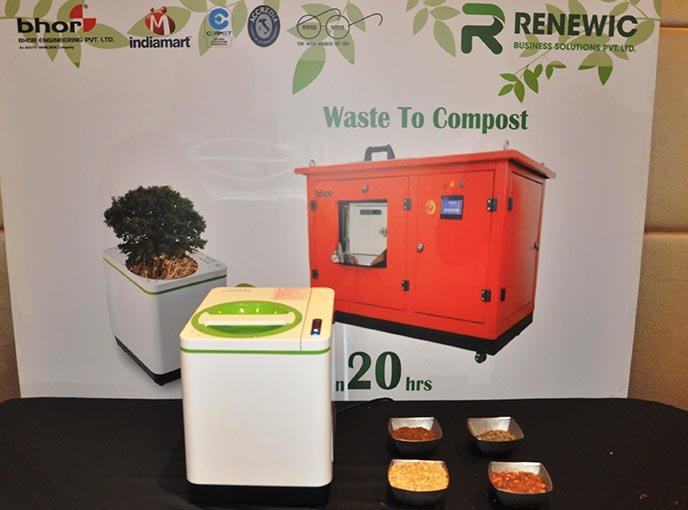
2,000 Machines Already Sold
“We have already sold close to 2,000 of the larger waste to compost machines during the last four years of our operations. Singapore has installed 69 of our machines right across the island country, replacing Chinese machines at some places. You’ll find our machines installed across Dubai, including the Dubai Mall and the World Trade Centre. We are in London and a host of other cities around the globe.
“In India, we have concentrated on serving the Army, Air Force and Navy, government organizations, large corporates, hospitals, five star hotels, religious places, educational institutions, etc. Buying and installing these machines qualifies for expenditure under mandatory CSR (corporate social responsibility) activities of large corporates. Infosys recently ordered 850 of the smaller machines for giving to its staff. Starbucks has also ordered 10-kg machines for its network of outlets.”
Massive Demand
The Bhor Engineering Managing Director asserted that the demand for the composting machines is set to leapfrog with RERA legislation making it mandatory for housing societies with more than 100 families to install composting machines within a two-year timeframe. In Mumbai, all the 81,000 housing societies in the Mumbai Metropolitan Region have to mandatorily install compost machines. Bangalore is also following suit, he added.
Rajput informed that to facilitate customers to buy the machines in installments, Bhor Engineering has a tie-up with ICICI Bank Credit Cards. Regarding disposal of any unwanted compost generated from the machines, he said very soon the company is going to come out with a scheme to pickup compost from places where it is not required and supply it on demand free of cost.
Orders From The Region
Focusing on the demand for the compost machines in the region, Amanpreet Kaur Mangat, Managing Director of Mohali-based Renewic, and Parampreet Kaur, Director of the company, said they had already installed a 25-kg capacity compost machine in Gurdwara Singh Shaheedan in Sohana (Mohali) and were in advanced talks with the Golden Temple Amritsar management. The Mohali Municipal Corporation has also placed an order for the machines.
.jpeg)
.jpg)
.jpg)
.jpg)
.jpg)


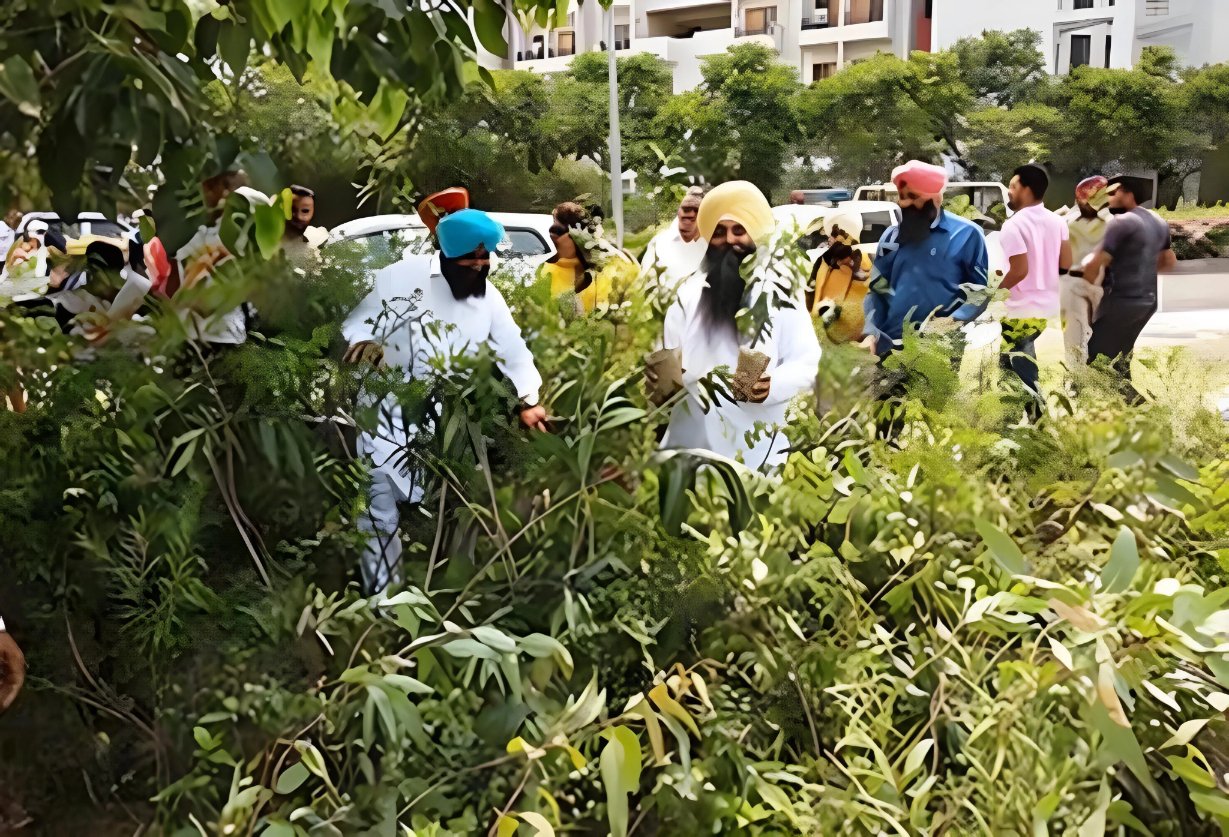
.jpg)
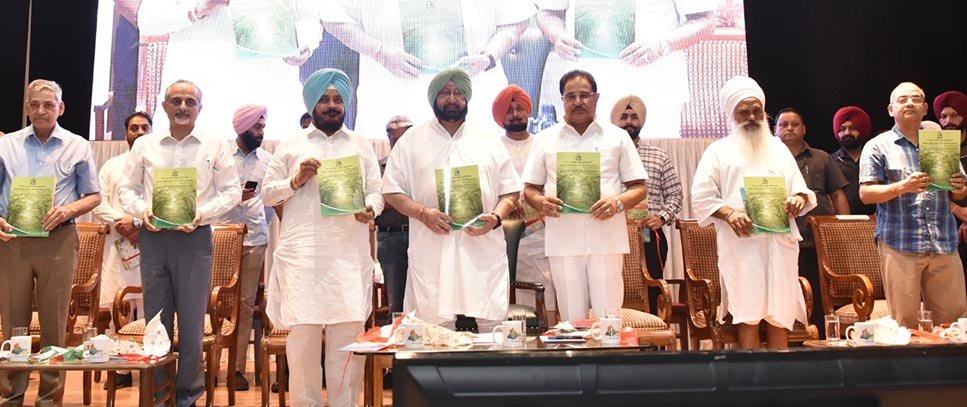
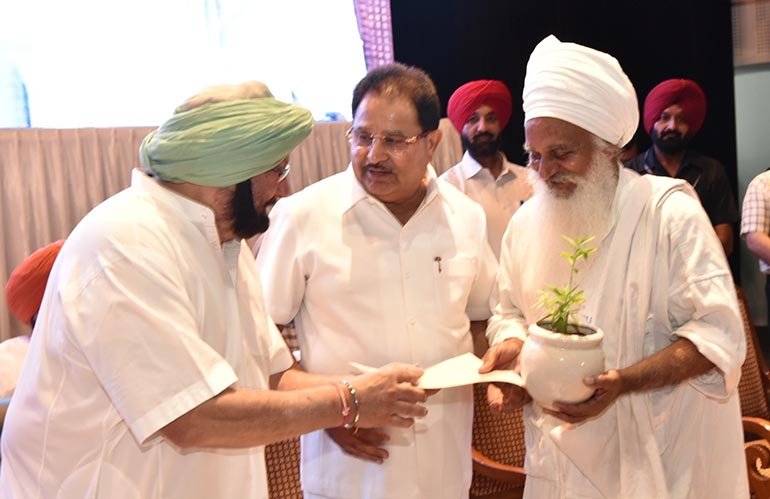
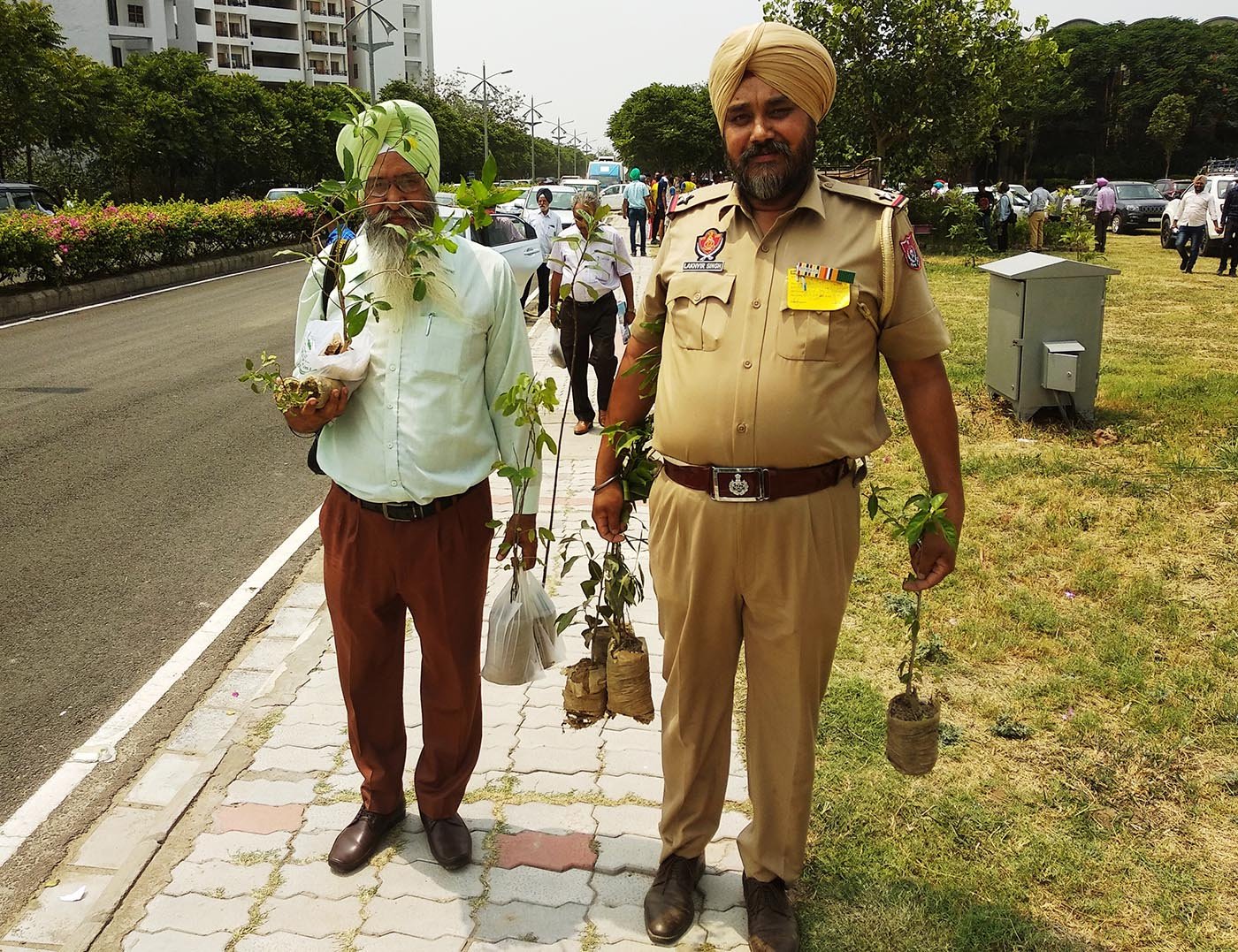
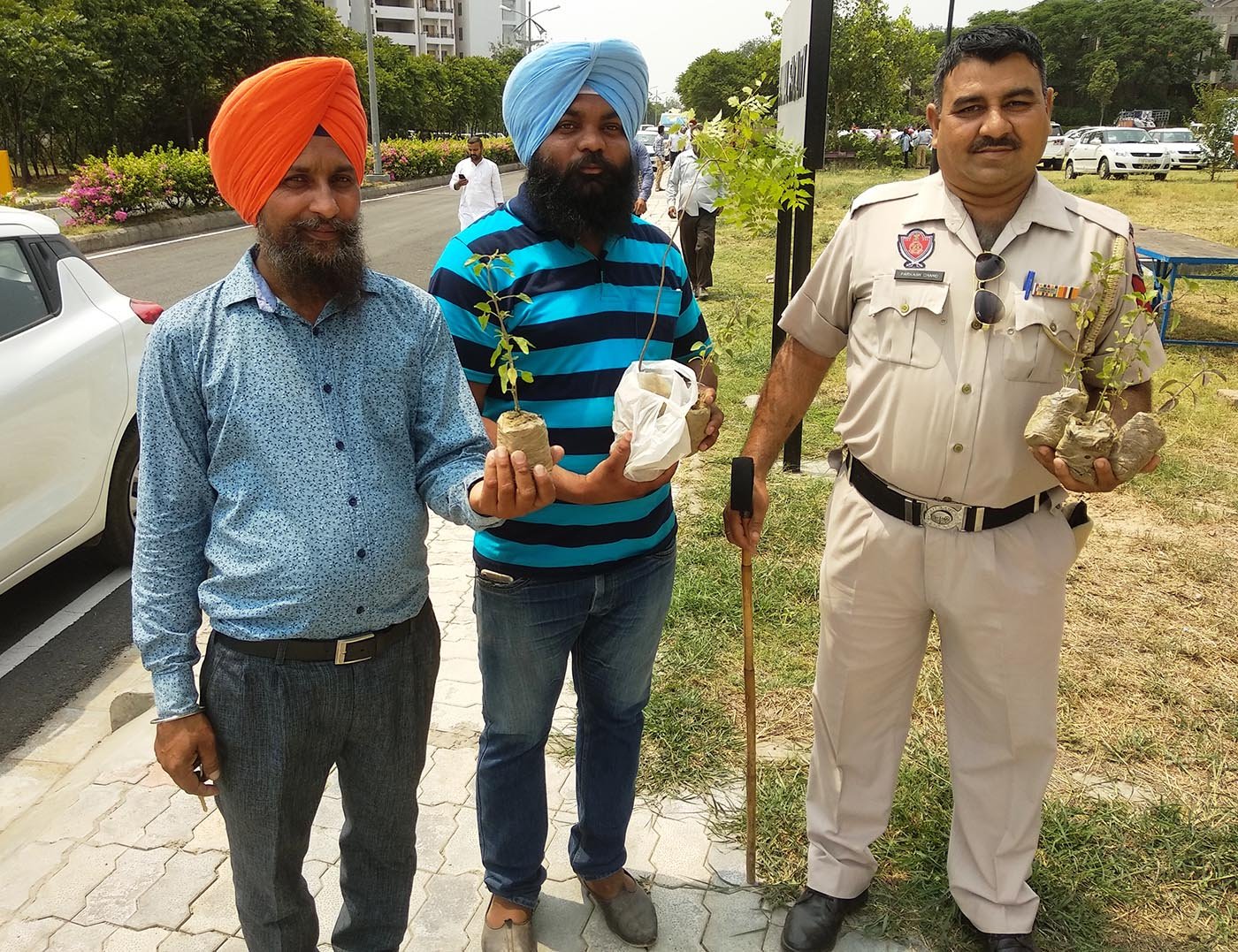
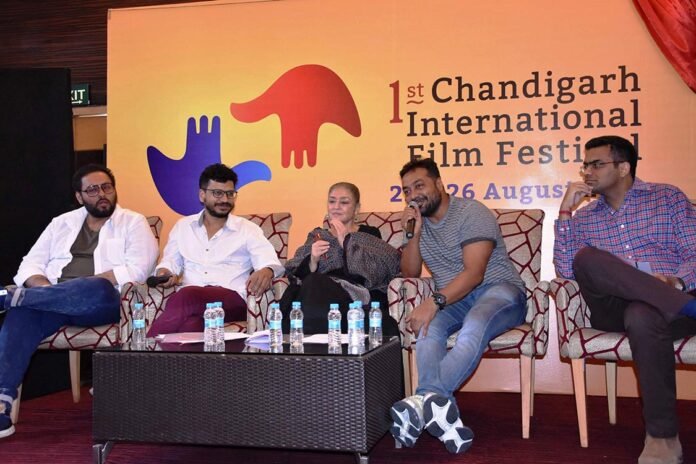



.jpg)

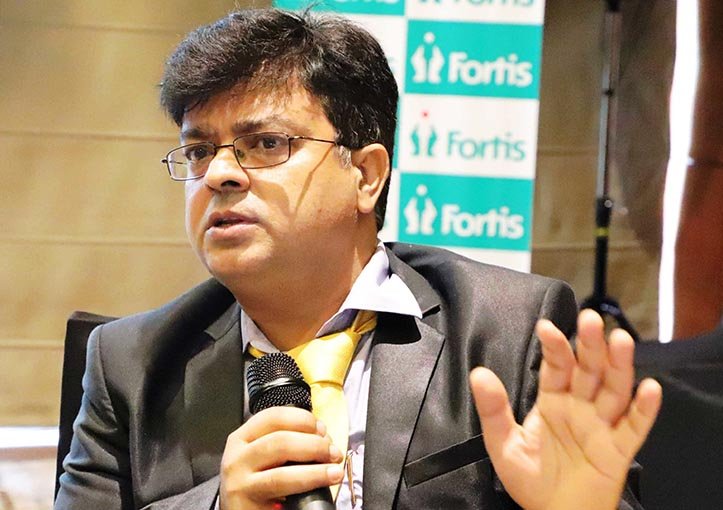

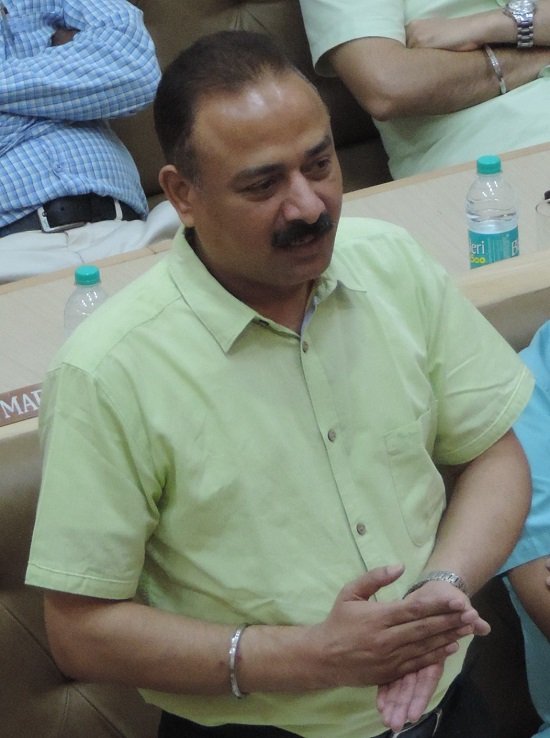
.jpg)
.jpg)
.jpg)
.jpg)
.jpg)
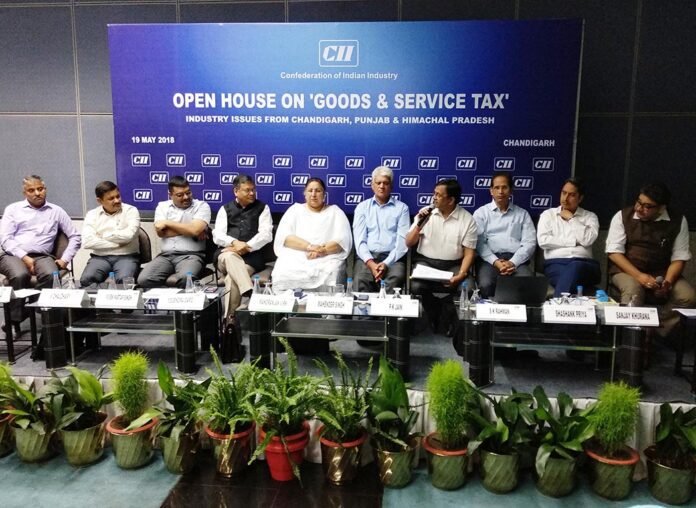
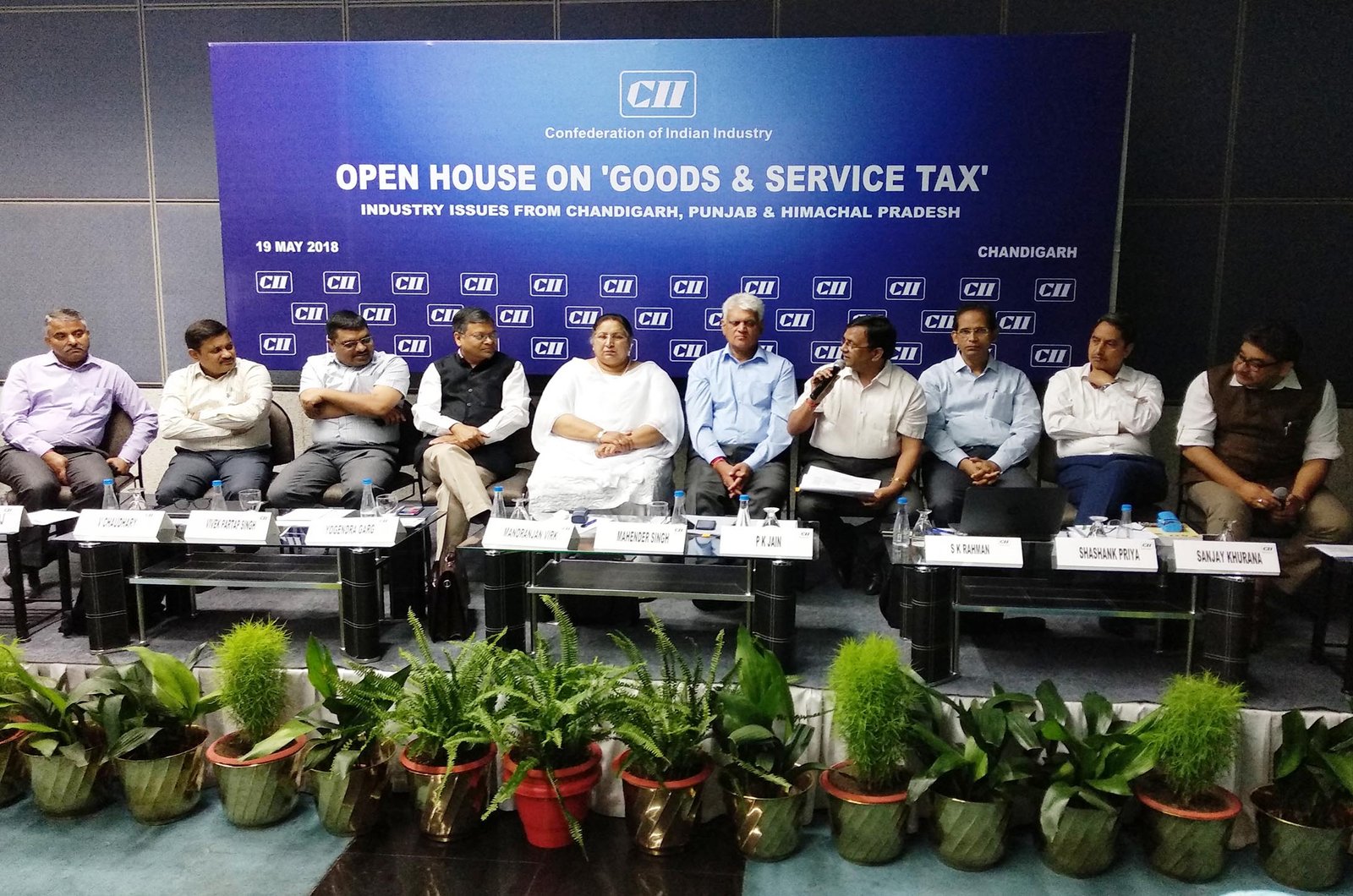

.jpg)
.jpg)
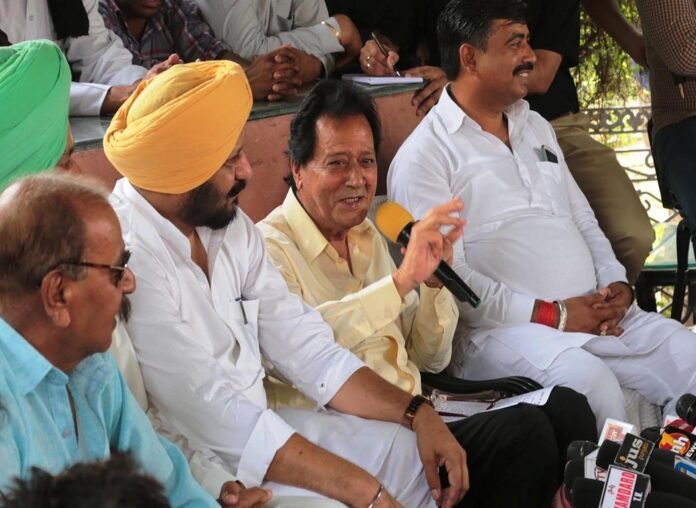
.jpg)
